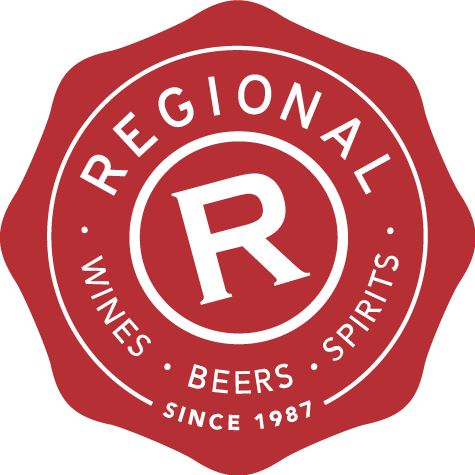
The history and mystery of Te Mata wines
One great winery, two passionate wine families and a long history have all culminated to make Te Mata Estate the producer of many of New Zealand's most highly sought after red and white wines, all modelled on the best of Bordeaux and the Rhone Valley (with the exceptional Bullnose Syrah) and also now includes a Pinot Noir.
Buy Te Mata Estate wines here
We have all of these wines and their everyday reds and whites, on special for the month of March.
Read on for the history, the wines and the background...
The history
Te Mata was originally part of Te Mata Station, a large pastoral landholding established by English immigrant, John Chambers, in 1854. A homestead and stables were built on the property in the early 1870s. After returning from France, John Chamber’s third son, Bernard, planted vineyards on the north facing hills around Havelock North and in 1892 he added vines to three areas of hillside land above the homestead then started to convert the original stables into a winery.
The Chambers family sold the property in 1919 and Te Mata Vineyards (TMV) had two other owners until it was acquired by the Buck and Morris families in 1974. These two families built the modern interpretation of this historic New Zealand estate, inspired by the great classic wines of Bordeaux and the Rhone Valley in France.
The modern Te Mata Estate winery was established in 1896, specialising in the classic great wines of the world with reds and a white modelled on the best of Bordeaux, along with other traditional great wines, all outlined below.
The history and mystery of Te Mata wines
2019 / 2020 Te Mata Estate Awatea
Awatea is made every year and the blend varies slightly; this year’s being 48% Cabernet Sauvignon, 37% Merlot and 15% Cabernet Franc. It’s dry, juicy, medium bodied and youthful with blackcurrant flavours, spice. Awatea is named after the SS Awatea, a ship that sailed from Auckland to Sydney to Wellington in the 1930s.
Drink now and cellar it.
2020 Te Mata Estate Coleraine
The star wine of this winery’s latest releases. It had been bottled for two months at the time of tasting in early February 2020, so it has plenty of time up its sleeve; it’s a blend of 52% Cabernet Sauvignon, 33% Merlot and 15% Cabernet Franc and tastes of dark black fruit flavours with hints of black olives, wild herbs and a full body.
It’s named after the Coleraine Vineyard, which is also the site of the home of Te Mata owners, John and Wendy Buck.
A keeper.
2020 Te Mata Cape Crest Sauvignon Blanc
This dry, full bodied Sauvignon Blanc has a long track record as one of New Zealand’s top dry whites. It’s 100% fermented in French oak, 30% new with the remainder in used barrels. It’s 90% Sauvignon Blanc, 6% Semillon and 4% Sauvignon Gris (a grape variety in it own right – not a hybrid or blend, as the name seems to suggest). This wine’s a keeper. It ages beautifully for up to 10 years.
Drinks beautifully now and can age well for the medium term.
2020 Te Mata Estate Elston Chardonnay
Elston Chardonnay is named after the ancestral home of Charles Darwin, Elston Hall in Nottinghamshire, the UK, and tastes dry with ripe stone fruit flavours of peach and nectarines, balanced by a citrusy, creamy and lingering finish.
Another great wine to enjoy now and to keep.
2020 Te Mata Estate Bullnose Syrah
Bullnose Syrah is named after a car that had the bull emblem on its radiator and, well, it’s a long story, suffice to say that the wine is made from hand harvested grapes grown on Te Mata’s Bullnose Vineyard with grapes from the Hotspur and Isosceles vineyards also used for good measure. It was aged in new and seasoned French oak barriques for 15 months and sealed with a natural cork.
Has great aging potential.
2020 Te Mata Estate Alma Pinot Noir
Hand picked grapes from a vineyard in the Dartmoor Valley, a cooler area in the Hawke’s Bay which makes for a full bodied and spicy New Zealand Pinot Noir. A wine to watch and cellar. Give it another four to five years.
